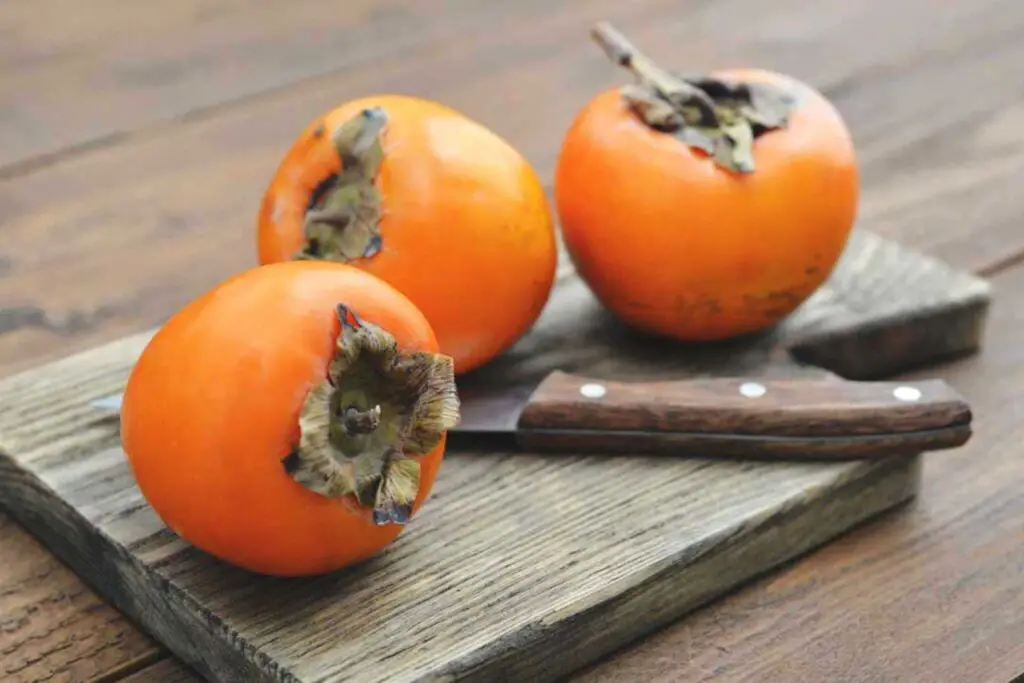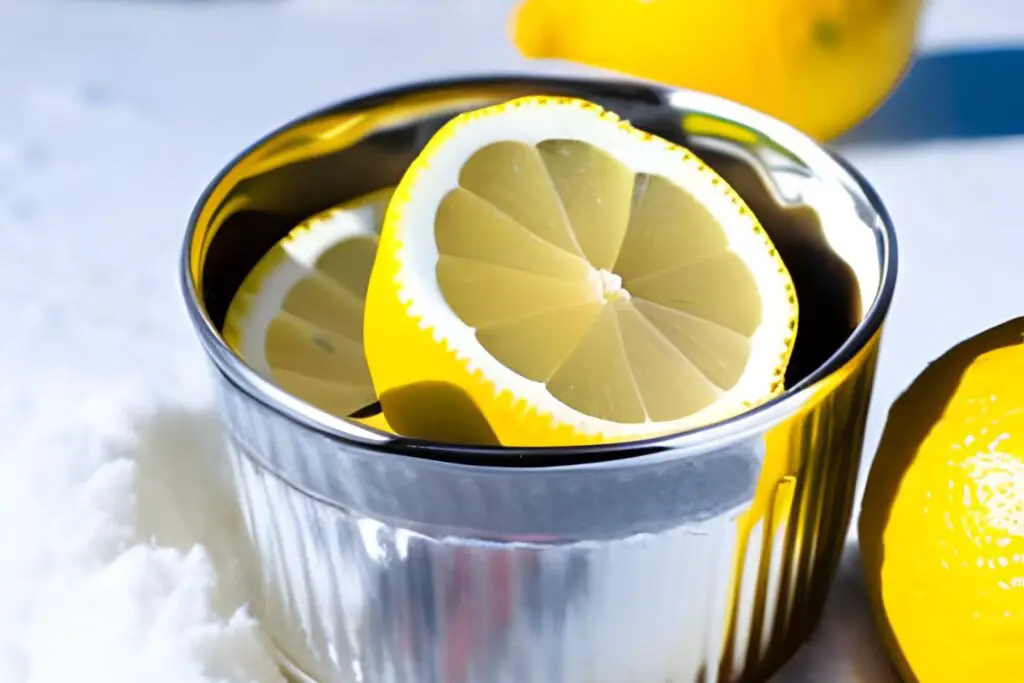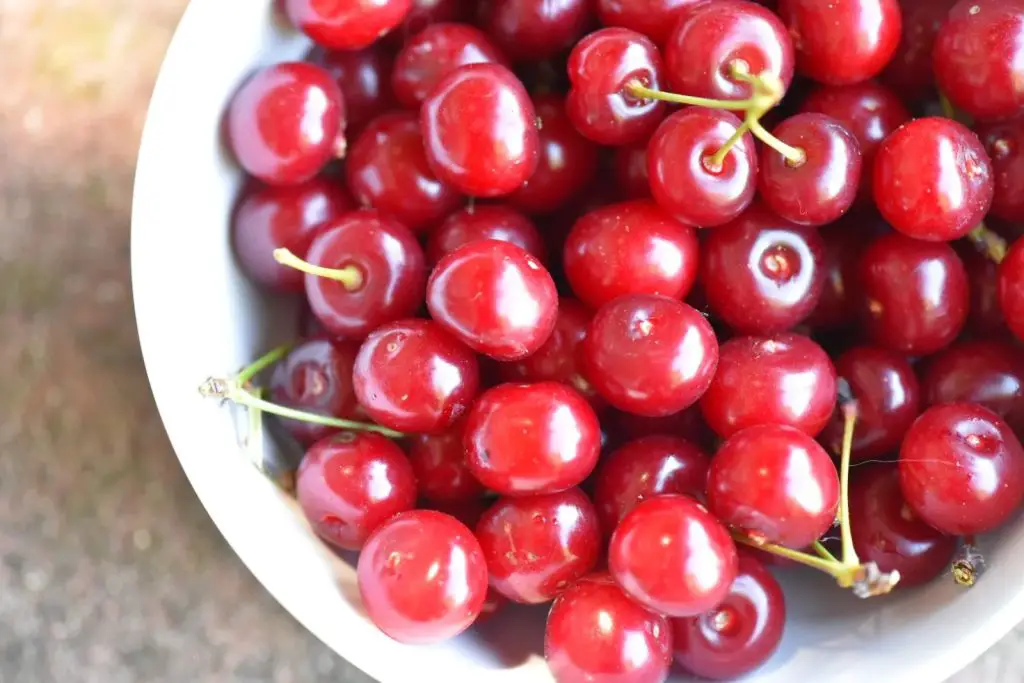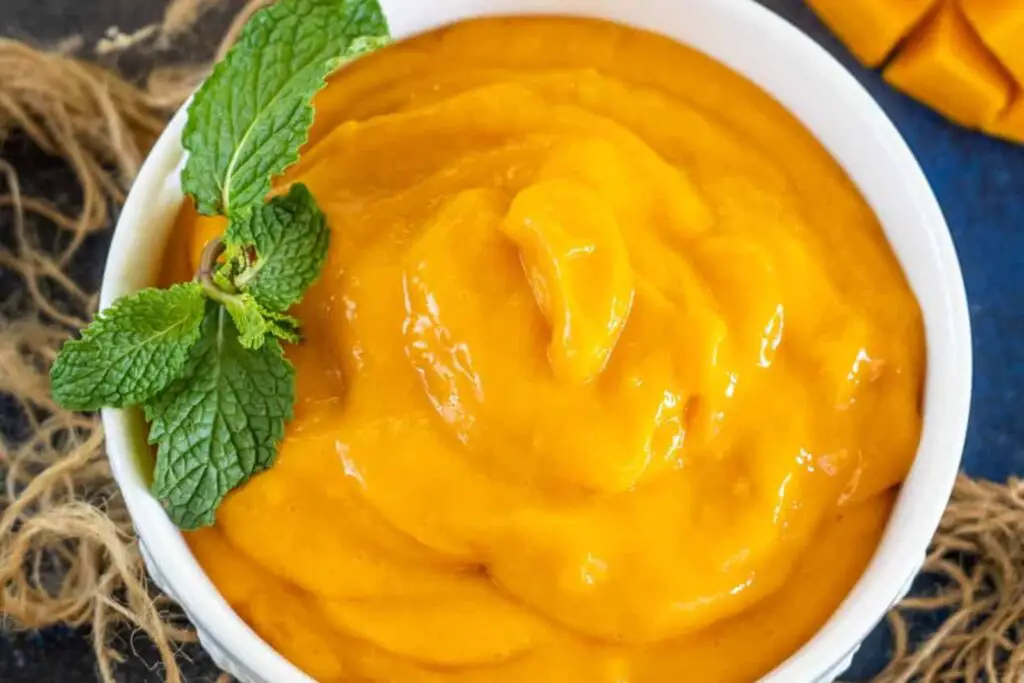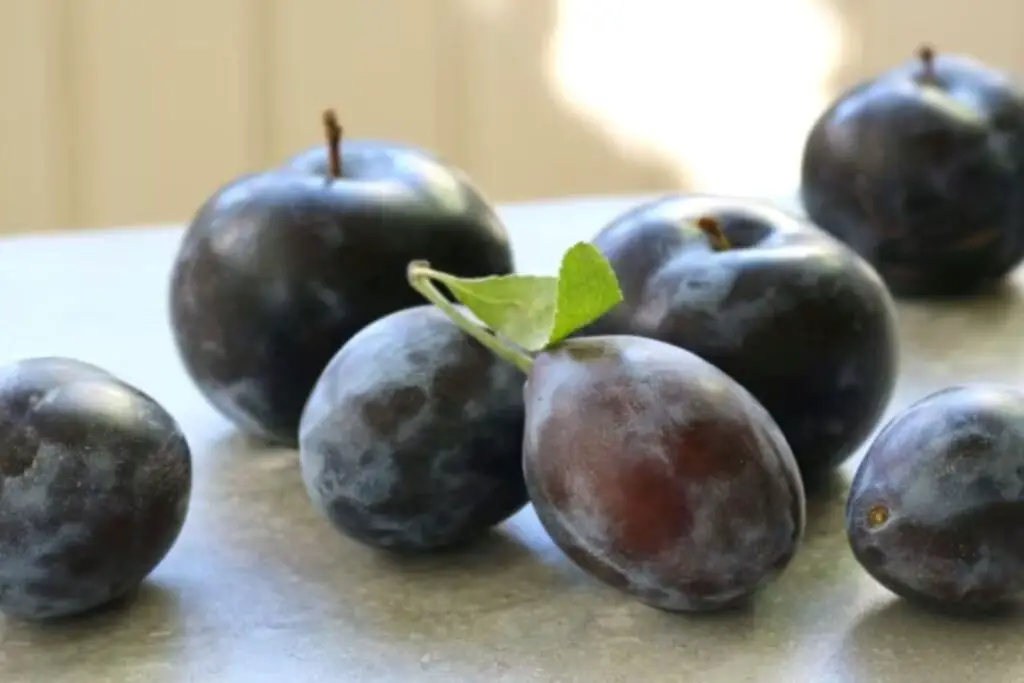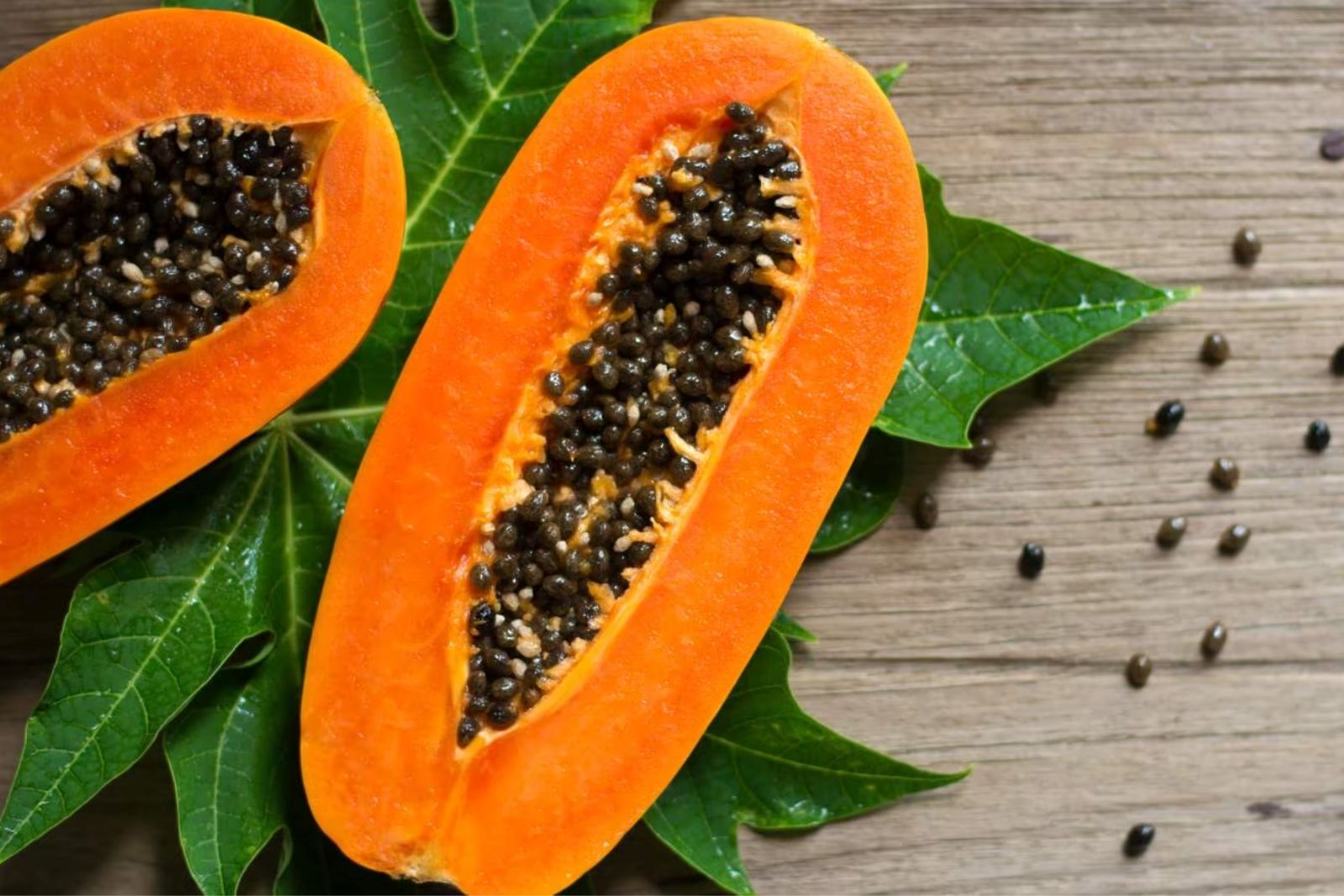
Papaya, with its sweet and tropical taste, is a delightful fruit enjoyed by many. Whether you have a surplus of papaya or want to preserve its goodness for later use, freezing papaya is an excellent option. Freezing allows you to extend the shelf life of papaya while maintaining its freshness and flavor. In this article, we’ll walk you through the steps to freeze papaya effectively, ensuring that you can savor this delicious fruit even when it’s out of season.
Here’s a comprehensive guide on how to freeze papaya:
Step 1: Select ripe papayas
The key to successfully freezing papayas lies in selecting the right fruit from the outset. When freezing papayas, it’s crucial to begin with ripe papayas. Here’s why:
- Flavor and Sweetness: Ripe papayas are bursting with flavor and sweetness. They have had sufficient time to develop their natural sugars and unique tropical taste. Freezing ripe papayas ensures that you preserve this delightful flavor.
- Aroma and Texture: Ripe papayas exude a sweet, enticing aroma that is unmistakable. They also have a pleasingly smooth and tender texture. These characteristics are preserved when ripe papayas are frozen, enhancing the overall quality of the frozen fruit.
- Freezing Quality: Ripe papayas tend to freeze better than unripe ones. This is because they have reached their peak ripeness, and their cellular structure is already well-developed. As a result, they are more likely to maintain their texture and flavor after thawing.
- Versatility: Frozen ripe papayas are incredibly versatile. You can use them in a wide range of culinary applications, from blending them into creamy smoothies to adding them to desserts and fruit salads. Their natural sweetness and texture make them a fantastic addition to various dishes.
Conversely, overripe papayas may not freeze as effectively. They can become mushy and lose their distinct flavor, resulting in a less desirable frozen product. So, when embarking on your papaya-freezing adventure, remember that starting with ripe papayas is the first and crucial step toward ensuring that your frozen papaya maintains its delicious taste and quality.
Step 2: Wash and peel the papayas
In the process of freezing papayas, proper washing and peeling are essential steps to ensure the cleanliness and quality of the fruit. Here’s why it’s important and how to do it:
- Removing Impurities: Papayas, like many fruits, can accumulate dirt, dust, or other contaminants on their skin during transportation and storage. By washing them thoroughly under cold running water, you can effectively eliminate any potential impurities or residues on the surface.
- Food Safety: Washing the papayas helps reduce the risk of consuming harmful bacteria or pathogens that may be present on the skin. This step is crucial for ensuring the safety of the frozen fruit.
- Improved Taste and Texture: Peeling the papayas removes the outer skin, which can sometimes have a slightly bitter taste. By peeling the fruit, you ensure that only the sweet and flavorful flesh of the papaya is used for freezing.
- Seed Removal: Papaya seeds are not suitable for freezing, as they can become hard and unpleasant when frozen and thawed. After peeling the papayas, cut them in half and use a spoon to scoop out and discard the seeds. This step ensures that you’re left with only the edible and desirable part of the fruit.
- Consistency in Freezing: Removing the seeds and peeling the papayas also helps maintain a consistent texture in the frozen fruit. The presence of seeds or unevenly peeled sections can lead to variations in texture and taste when the papaya is thawed and used in recipes.
Is it necessary to peel papaya before freezing?
Peeling papaya before freezing is advisable. The skin can have a slightly bitter taste and may alter the texture when frozen. Removing the skin ensures that only the sweet and flavorful flesh of the papaya is used for freezing, preserving its quality and taste.
Step 3: Cut the papayas into desired pieces
Once you’ve selected ripe papayas, washed them, and removed the seeds and skin, the next crucial step is to cut the papayas into pieces that suit your culinary needs. Here’s why this step is essential and how to do it:
- Versatility: Cutting the papayas into desired pieces enhances their versatility in various recipes. The choice of size and shape depends on your intended use. For instance, smaller pieces are convenient for adding to smoothies or yogurt, while larger chunks are perfect for snacking, desserts, or incorporating into fruit salads.
- Enhanced Presentation: Depending on the dish you plan to prepare, the way you cut the papayas can impact the overall presentation. Uniformly cut pieces not only make the dish look more appealing but also ensure consistent flavor and texture in every bite.
- Even Freezing: Cutting the papayas into pieces helps ensure even freezing. Smaller pieces tend to freeze faster and more uniformly than larger ones. This minimizes the risk of clumping and makes it easier to portion out the desired amount of frozen papaya when needed.
- Time-Saving: Pre-cut papayas are convenient for busy days when you want a quick, healthy snack or ingredient for your recipes. By pre-cutting and freezing papayas in advance, you save time in the kitchen.
- Customization: Cutting the papayas into your preferred size and shape allows you to customize your frozen fruit to suit your personal taste and cooking style. You can experiment with different cuts to discover what works best for your culinary creations.
Can I freeze papaya without cutting it into pieces?
Freezing papaya without cutting it into pieces is possible but not recommended. Whole papayas are challenging to freeze uniformly, and their texture may change upon thawing. Cutting into pieces allows for even freezing, easy portioning, and better preservation of texture and quality when compared to freezing the whole fruit.
Step 4: Flash-freeze the papaya
Flash-freezing is a critical step in the process of freezing papayas, and it involves rapidly freezing the cut papaya pieces to maintain their individuality and prevent clumping. Here’s why this step is crucial and how to do it:
- Prevents Clumping: When fruits are placed directly into a container and frozen, they tend to stick together, making it challenging to separate them when you want to use them. Flash-freezing prevents this issue by freezing the papaya pieces individually on a baking sheet or tray.
- Preserves Texture: Flash-freezing helps preserve the texture of the papaya. It minimizes the formation of large ice crystals within the fruit, which can result in a mushy or undesirable texture when the papaya is thawed.
- Convenient Storage: After flash-freezing, the individual papaya pieces can be easily transferred into a container or freezer bag without the worry of them sticking together. This makes portioning and using the frozen papaya more convenient.
- Ensures Even Freezing: Flash-freezing ensures that the papaya pieces freeze evenly. This means that each piece will maintain its freshness and flavor, allowing you to enjoy consistent quality when using them in recipes.
- Reduces Freezer Burn: By freezing papaya pieces separately before packaging, you reduce the likelihood of freezer burn. Freezer burn occurs when food is exposed to air and moisture, resulting in a loss of quality and taste.
To flash-freeze papaya:
- Spread the Pieces: Lay out the cut papaya pieces in a single layer on a baking sheet or tray. Ensure that they are not touching each other to prevent them from sticking together.
- Freeze for 1-2 Hours: Place the tray with the papaya pieces in the freezer and let them freeze for about 1-2 hours or until they are firm to the touch. The exact time may vary depending on the size and thickness of the pieces and the temperature of your freezer.
- Transfer to Containers: Once the papaya pieces are firm, transfer them into airtight freezer bags or containers for long-term storage.
Step 5: Package and seal the papaya
Once you’ve flash-frozen your papaya pieces to maintain their individuality and preserve their texture, it’s time to store them properly. Packaging and sealing are crucial steps in the freezing process to ensure that your papaya stays fresh and free from freezer burn. Here’s why it’s important and how to do it correctly:
- Prevents Freezer Burn: Freezer burn occurs when frozen food is exposed to air, causing moisture to evaporate from the food. This results in the development of ice crystals and a loss of texture, flavor, and overall quality. By placing your papaya pieces in airtight packaging, you create a barrier that prevents air from coming into contact with the fruit, reducing the risk of freezer burn.
- Maintains Freshness: Airtight packaging helps maintain the freshness of your frozen papaya for an extended period. It ensures that the fruit retains its natural flavor, color, and texture, so it’s as close to fresh as possible when you decide to use it.
- Easy Storage: Using airtight freezer bags or containers allows for easy and organized storage in your freezer. You can stack the bags or containers neatly, maximizing space and making it convenient to access the frozen papaya when needed.
- Portion Control: When you package your papaya pieces individually or in smaller portions, it becomes easier to use just the amount you need without having to thaw the entire batch. This is particularly useful when you only require a small quantity for smoothies, recipes, or snacks.
To package and seal your papaya:
- Transfer to Airtight Containers: Place the flash-frozen papaya pieces into airtight freezer bags or containers. Ensure that the packaging is clean and dry.
- Remove Air: Squeeze out as much air as possible from the bags before sealing them. If using containers, press a piece of plastic wrap directly onto the surface of the papaya before sealing the container’s lid. This extra step minimizes the air inside the packaging, further reducing the risk of freezer burn.
- Seal Tightly: Seal the freezer bags securely, ensuring there are no gaps or openings. If using containers, make sure the lids are tightly closed.
Step 6: Label and date the packages
Properly labeling and dating the packages of frozen papaya is a simple yet crucial step in the freezing process. It serves several important purposes that contribute to the organization, safety, and overall quality of your frozen papaya. Here’s why it’s important and how to do it correctly:
- Identification: Clear labeling helps you quickly identify the contents of each package in your freezer. This is especially useful when you have various frozen items, ensuring you can easily find the papaya when you need it.
- Rotation: Labeling with the date of freezing allows you to keep track of the age of your frozen papaya. By using the oldest packages first, you can practice proper food rotation, ensuring that nothing goes to waste.
- Quality Control: Frozen papaya, like any frozen food, has a limited shelf life before it starts to degrade in quality. By dating the packages, you can ensure that you use the papaya within a reasonable timeframe, maintaining its taste and texture.
- Allergy and Dietary Information: If you or others in your household have specific dietary restrictions or allergies, labeling the packages with the contents (in this case, “frozen papaya”) helps avoid confusion and ensures everyone’s safety.
To label and date your packages:
- Use Permanent Marker: Use a permanent marker or a label maker to write the date of freezing on each package. Make sure the date is clear and easily readable.
- Indicate Contents: Write “frozen papaya” or a similar description on the package to specify what’s inside. This prevents any mix-ups or uncertainty about the package’s contents.
- Location: Place the label or date information in a visible and accessible spot on the package. This ensures that you can easily see and read the details without having to handle the package extensively.
- Organization: If you have multiple packages of frozen papaya, consider organizing them by date in your freezer. This helps you use the oldest packages first, minimizing food waste.
- Maintenance: Regularly check your frozen papaya stock and remove any packages that have been in the freezer for too long, ensuring you use them before their quality deteriorates.
Step 7: Store in the freezer
After you’ve carefully prepared and packaged your papaya for freezing, the final step is to store it in the freezer. Proper storage is essential to maintain the quality and safety of your frozen papaya. Here’s why it’s important and how to do it correctly:
- Maintains Quality: Storing your frozen papaya in the freezer at a consistent low temperature helps preserve its texture, flavor, and overall quality. The cold environment prevents the growth of microorganisms that can lead to food spoilage.
- Prevents Freezer Burn: Placing the sealed packages in the freezer helps prevent freezer burn. Freezer burn occurs when frozen food is exposed to air, resulting in the loss of moisture and quality. Proper sealing and storage minimize the risk of this issue.
- Convenience: A well-organized freezer makes it easy to access your frozen papaya when needed. Storing the packages in a way that allows you to see and reach them easily ensures that you can incorporate frozen papaya into your recipes conveniently.
- Food Safety: Maintaining a consistently low temperature in your freezer is crucial for food safety. It prevents the growth of harmful bacteria and pathogens that can make you sick.
To store your papaya in the freezer:
- Choose a Suitable Location: Select a section of your freezer where the temperature remains consistently low. The freezer should be set to 0°F (-18°C) or lower for optimal results.
- Keep Packages Upright: Place the sealed packages of papaya upright in the freezer to prevent them from tilting or spilling. This helps maintain the organization and ensures that the papaya stays in good condition.
- Avoid Overcrowding: Avoid overfilling the freezer with too many items, as this can hinder air circulation and temperature consistency. Adequate airflow around the packages is essential for even freezing.
- Rotate Stock: As you store new packages of frozen papaya, make sure to use the older ones first. This practice ensures that you consume the papaya within its recommended storage duration, typically 6-12 months.
Other related questions
How do I defrost papaya?
To defrost papaya, transfer it from the freezer to the refrigerator. Allow it to thaw for several hours or overnight. Alternatively, you can thaw papaya in a sealed plastic bag submerged in cold water, changing the water periodically until it’s fully thawed.
Can I refreeze papaya?
Refreezing papaya is generally not recommended. Once papaya has been thawed, it undergoes changes in texture and may become mushy. Additionally, refreezing can lead to the growth of harmful bacteria. It’s advisable to use thawed papaya promptly and avoid refreezing for optimal safety and quality.
How do I know if the papaya has gone bad after being frozen?
To determine if frozen papaya has gone bad, inspect its appearance, smell, and texture. If it exhibits freezer burn, such as dry, discolored patches or a noticeable change in odor, it may have deteriorated. Additionally, if the texture has become excessively mushy or grainy, it’s a sign of freezer damage. Always use your best judgment and discard papaya that appears or smells off to ensure food safety.
Can I freeze papaya puree for baby food?
Yes, you can freeze papaya puree for baby food. Follow the same steps of washing, peeling, and cutting the papaya, then blend it into a smooth puree before freezing in ice cube trays for convenient portioning.
What are some creative ways to use frozen papaya in recipes?
Frozen papaya can be employed creatively in a range of recipes. It serves as a delightful addition to smoothies, adding a tropical sweetness and creamy texture. It can also be blended into sorbets, used as a topping for yogurt or oatmeal, incorporated into fruit salads, or even utilized in cocktails and salsas to infuse a refreshing, tropical flavor into your culinary creations.
Can I use frozen papaya in baking recipes?
Frozen papaya is typically best suited for cold applications like smoothies or fruit salads. Baking with frozen papaya may alter its texture and result in a different culinary experience than using fresh or canned papaya. Therefore, it’s generally not recommended for baking recipes.
Should I add lemon juice to frozen papaya to prevent browning?
Adding lemon juice to frozen papaya is not necessary as papaya does not brown as quickly as some other fruits like apples or bananas. The freezing process itself helps preserve the papaya’s color. However, if you prefer to use lemon juice for flavor or as a precaution, you can, but it’s not a crucial step for preventing browning in frozen papaya.

